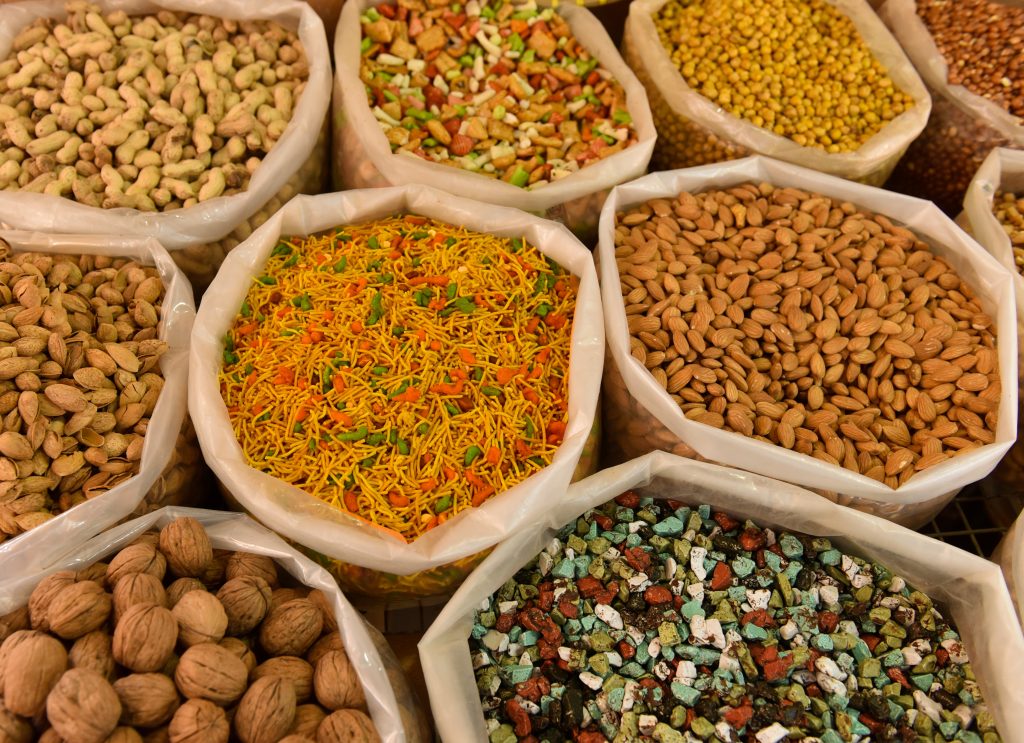What is food security?

The United Nations define food security as “when all people at all times have physical and economic access to sufficient, safe, and nutritious food to meet their dietary needs and food preferences for an active and healthy life” (Committee on World Food Security, 2012). Food security is so much more than just having access to food. It’s about being able to live a healthy life. Nutrition is an important part of leading a healthy life, as nutritious food fuels healthy growth.
Food security becomes sustainable when we can say all people, now and into the future, have access to good quality food. The UN advances this belief in the Sustainable Development Goals (SGDs). Each of the SDGs, in some way, link back to the UN’s definition of food security. This article, however, focuses on SDG 10, which seeks to “reduce inequality within and among countries” (UN, 2018).
What are the key requirements to having food security?

Firstly, there must be enough good quality food available for everyone. The quality of food is important here because, as mentioned, it must be safe and nutritious. The quantity of food is also important, as there must be enough for all people. It must be accessible for all people, not just those in cities or in wealthy countries.
Secondly, everyone must have the financial capability to purchase this food to feed themselves and their dependents, such as children.
Thirdly, there must be long-term plans for this food production and consumption cycle to continue. Sustainable food security occurs if these requirements are satisfied.
Where does equality come in?

The SDGs view equality as leaving no one behind by making sure equal opportunity exists. Income, race, and gender equality are common equality targeting examples.
The human development index (HDI) measures a country’s development (UN Development Programme, 2020). It does this by combining healthy living, education, and economic measures. Although not directly measured, the HDI shows food insecurity through healthy living and economic measures. Without access to nutritious food, healthy living measures, such as life expectancy, are diminished. Higher economic results also help food security, because they improve purchasing power, which can be put towards purchasing food. The HDI is separated by country to highlight the level to which a nation has developed. It clearly shows significant inequality through the large disparity between country scores.
What can we do?
An important part of sustainability and the SDGs is that the future is sustainable for all. Achieving equality, including food security, is a key factor in the SDGs.
There are so many ways to improve food security, but we will look at three ways in particular:

- Decreasing personal food waste, so that we are not overconsuming.
Food supply is dependent on how much we consume. If we are purchasing more than we need, then more food will be supplied. By reducing waste, unused food can go to more needy places.
2. Research aid programs.
If you are thinking of donating to help solve food insecurity issues, then do your research. This is the best way to see where your donation is going and how your donation is being used.
3. Get involved with sustainable practices
There are countless ways to be involved in sustainability. You can do it yourself, join a volunteer group, or work in this space. Taking action is the most important part to ensure others have equal opportunity to lead happy and healthy lives.
Learn more on the Thrive Project!























